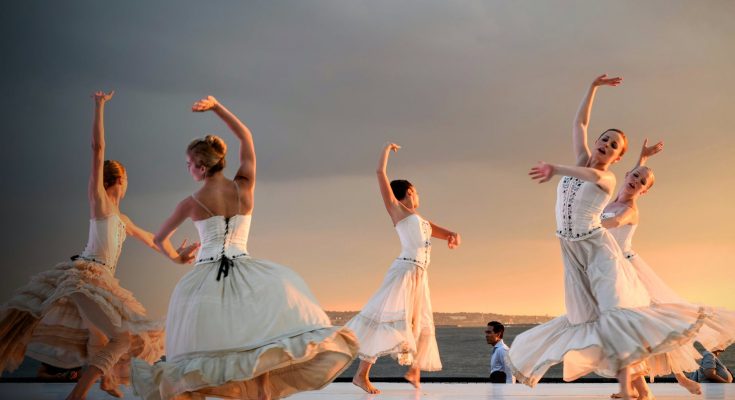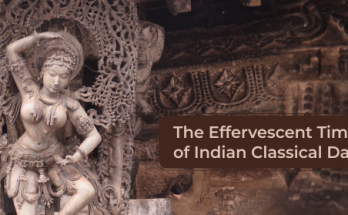Performing arts may be defined as traditional or nontraditional art forms that typically feature a live presentation to an audience or onlookers (as on a street), and draw on arts such as acting, poetry, music, or dance. A person who displays this art form or performs may be titled as a performing artist. These artists may choose to perform individually or in a group. While plastic arts result in the creation of a physical product, performing arts leave the onlooker with an intangible experience.
A Performing Artist – Then and Now
Traditionally and historically across cultures, one has observed classical definitions within the realms of the performing arts such as dancers, musicians, poets, jesters, theatre/ drama artists, etc – thus identifying and categorizing their skills. While the folk forms of the arts did not necessarily put the artists in brackets – thus leaving scope for an interdisciplinary presentation of the arts – classical or traditional art forms did, to a great extent, compartmentalize them into identifiable core areas. In the present scenario though, the extent of the arts has gone beyond its traditional definitions. While the classical associations still continue to thrive, lifestyle changes have thrown open many new avenues. Martial arts, public speaking, stand-up comedy, disc jockeying, radio jockeying, stunt sports, anchoring, etc. are rubbing shoulders with traditionally acclaimed performance art forms. Even among the classical, there is a revolution of sorts with experimentations in the vocabulary of these art forms, as we’re known for years. Watertight compartments on definitions of forms, styles, and categories have ceased to exist.
What is crucial now is the capacity of an artist to challenge and capture the imagination of a changing audience – the ability to create a style that is distinctly his or her own so as to stand out in a crowd and give the onlooker that special experience that they are expecting. A general increase in the exposure levels of both the artist and the audience with the internet and the media boom has demanded experimentation and has led to the creation of many new inclusions and diversifications in the field of the performing arts.
With this, also changing are the contexts of audiences. Audiences are no longer restricted to a physical presence but have moved on to something more intangible – audiences across the internet, across media channels, across diverse cultural groups, etc. Hence, the pressure on the artist to convey effectively and thoroughly to this myriad of contexts is double fold.
While at this, the artist has to also worry about the increase in competition and the channels to reach out to the audience. The need to put oneself out there has never been more crucial; however being in the right arenas is critical too, in order to achieve what is most sought by performing artists across the globe – audience appreciation and tangible recognition of one’s talent.
Inder Salim, acclaimed performance artist, so eloquently puts across in a candid discussion with Dr. Mir Khalid, “Performing art differs from other forms because an artist’s body utilizes itself both as to its canvas and the brush”. This vulnerability of a performing artist is there for the audience to see because it is a one-on-one experience and invites good or bad critique from all quarters. But being able to continue to relentlessly put one’s talent across to the audience, continue experimenting and building one’s repertoire, and communicating what one wishes to, is what makes a true and solid performing artist. And for this community more than anyone, the following words make the most sense: The show must go on…!








